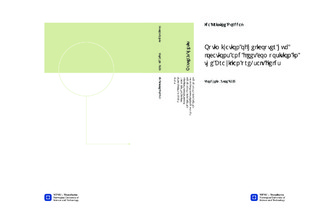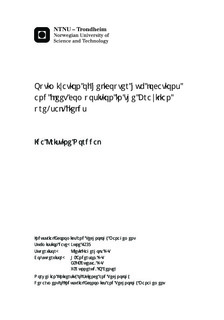| dc.description.abstract | When implementing oil and gas operations in the Santos Basin pre-salt fields, Brazilian energy corporation Petróleo Brasileiro S.A (Petrobras) faces some significant challenges. One of these is the large distance from shore: exceeding 300 km at the most, it is about three times the distance to oil fields explored in the past. This has great impact on the company's offshore helicopter operations. In its current form, helicopters transport employees directly between onshore airport bases and offshore installations. The question then arises as to whether this transportation model can and should be used in the future, or whether the installment and use of one or several offshore transhipment hubs is more appropriate from a cost or safety perspective.Taking this query into consideration, this report presents three mathematical formulations for optimizing the number and locations of offshore transhipment hubs, as well as the size and mix of the helicopter fleet, required to support Petrobras' future helicopter operations in the Santos Basin area. Both mixed integer linear arc and path flow formulations are presented, as well as algorithms for generating various sets of predefined routes. The objective function in all models uses weighted linear combination to evaluate both the total investment and operational cost, and the total accident risk assessment of the system, as well as the relationship between the two.Results show that if available helicopters are able to reach all offshore platforms to be installed in the Santos Basin, no offshore transhipment hub should be installed from both a cost and accident risk minimizing perspective. This means that Petrobras' current transportation model also should be used in future operations. If available helicopters are not able to reach all offshore platforms however, results suggest that one offshore transhipment hub should be installed. This hub should be located within a region laying close to the various offshore installations. The optimal size and composition of Petrobras' future helicopter fleet is greatly affected by the installment of an offshore transhipment hub. If this is performed, the fleet should mainly consist of Sikorsky S-92 aircraft. If the contrary were to occur on the other hand, mostly Sikorsky S-76 aircraft should be made use of.In addition to presenting and implementing a mathematical model, the report also gives an overview of operations research literature related to the problem examined. | nb_NO |

